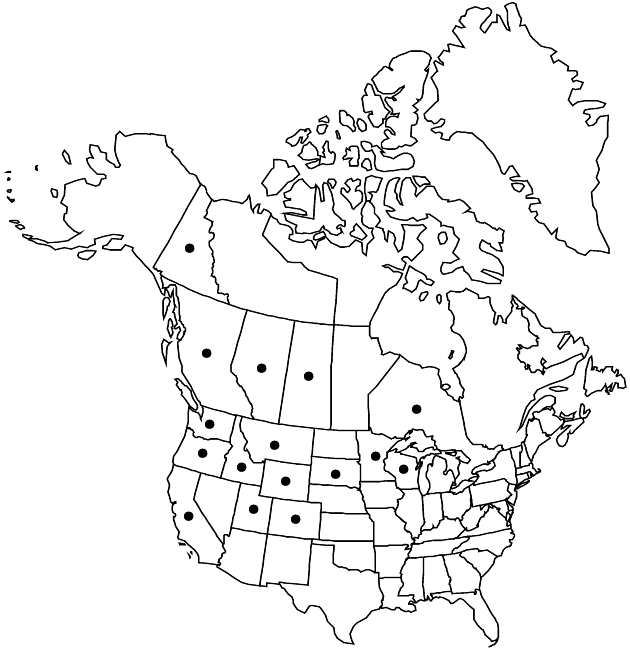Difference between revisions of "Antennaria howellii subsp. howellii"
FNA>Volume Importer |
imported>Volume Importer |
||
| Line 3: | Line 3: | ||
|accepted_authority= | |accepted_authority= | ||
|publications= | |publications= | ||
| + | |special_status={{Treatment/ID/Special_status | ||
| + | |code=E | ||
| + | |label=Endemic | ||
| + | }} | ||
|basionyms= | |basionyms= | ||
|synonyms={{Treatment/ID/Synonym | |synonyms={{Treatment/ID/Synonym | ||
| Line 49: | Line 53: | ||
|publication title= | |publication title= | ||
|publication year= | |publication year= | ||
| − | |special status= | + | |special status=Endemic |
| − | |source xml=https:// | + | |source xml=https://bibilujan@bitbucket.org/aafc-mbb/fna-data-curation.git/src/bb6b7e3a7de7d3b7888a1ad48c7fd8f5c722d8d6/coarse_grained_fna_xml/V19-20-21/V19_650.xml |
|tribe=Asteraceae tribe Gnaphalieae | |tribe=Asteraceae tribe Gnaphalieae | ||
|genus=Antennaria | |genus=Antennaria | ||
Revision as of 20:39, 27 May 2020
Plants 15–30 cm. Stolons 1–4 cm. Basal leaves 1–3-nerved, spatulate to oblanceolate, 25–40 × 9–12 mm, tips mucronate, faces abaxially tomentose, adaxially green-glabrous. Cauline leaves linear, 20–40 mm, not flagged. Heads 5–12 in corymbiform arrays. Involucres: staminate unknown; pistillate 6–7.5 mm. Phyllaries distally light brown or white. Corollas: pistillate 5–6 mm. Cypselae 1.5–2 mm, notably papillate; pappi: pistillate 6–8 mm. 2n = 56, 84, 140 (under A. neodioica).
Phenology: Flowering mid spring–early summer.
Habitat: Pastures, dry fields, openings in deciduous woodlands and coniferous forests. and rock barrens
Elevation: 0–2200 m
Distribution

Alta., B.C., Ont., Sask., Yukon, Calif., Colo., Idaho, Minn., Mont., Oreg., S.Dak., Utah, Wash., Wis., Wyo.
Discussion
Subspecies howellii is most common in the western half of the range of Antennaria howellii. Based on morphology, this group of apomicts is closely related to A. racemosa of the northern Rockies (R. J. Bayer 1985) and, perhaps, to A. marginata of the southern Rockies.
Selected References
None.